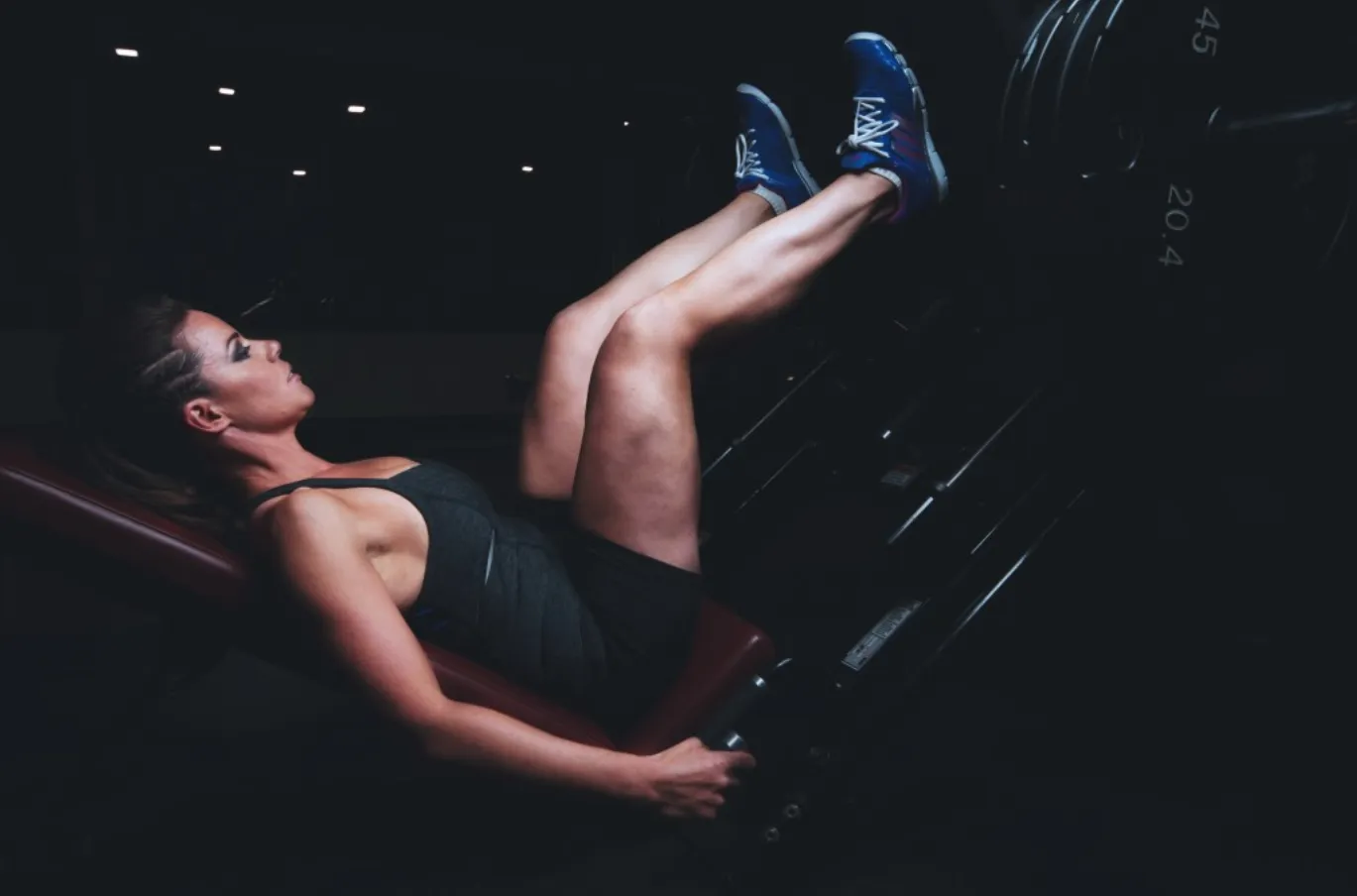How short bursts of intense exercise can still reap health benefits
This was destined to happen: the one-minute fitness fix for busy people. Three times a week. It has the science to back it! And yes, there is a little catch.
We are all aware of the current physical activity guidelines that recommend 150 minutes of moderate-intensity or 75 minutes of vigorous-intensity aerobic physical activity per week, as a minimum, to keep us healthy. It is often recommended to do 30 minutes-sessions, five times a week. Physical inactivity is the fourth leading cause of premature death and leads to several chronic diseases such as type 2 diabetes, ischemic heart disease, obesity and depression.
We know this, but we remain unable to fit physical activity into our packed-to-the-brim, daily lives. We suffer from a “lack of time,” being over-committed. And to add insult to injury, our second barrier is a lack of motivation.
The kinesiology department at the McMaster University (Hamilton, Ontario) has come up with a novel solution to solve the time-problem. They performed a 12-week study on two groups of inactive men, with one group doing moderate-intensity continuous training (MICT) for 50 minutes, three times a week and the other doing sprint interval training (SIT), three times a week.
Here’s the disclaimer though, the small catch: the 1-minute workout, is actually 10 minutes, three times per week, and the one minute, is really all out, high intensity. That’s all it takes, according to Martin Gibala, lead author of the McMaster study, which was published last month.
HIIT: high intensity interval training, is nothing new. But this short: only 60 seconds, is. During the late 1970s and early 1980s, HIIT was used to improve cardiorespiratory fitness in cardiovascular disease patients. Interest in it soon waned in the medical field when its benefits were questioned and it was only in the last several years that new studies have shown HIIT to be superior to moderate intensity continuous training in patients. In these studies, the HIIT periods on average lasted 38 minutes.
In the fitness industry and exercise world, a much shorter 7-minute HIIT has become quite popular. It is essentially an intense workout that consists of body weight exercises. Twelve exercises, such as jumping jacks, push-ups, planks and triceps-dips are each done for 30 seconds, with a 10 second rest, to fill seven minutes.
The McMaster 1-minute workout may not only address the time dilemma, but perhaps also the lack of motivation. Committing to “only” three, 10-minute sessions per week may be what some busy-bones need and find it easier to accomplish and commit to.
What does the 1-minute workout (expanded to 10 minutes) look like?
- Two-minute warm-up
- 20-second burst (go all out)
- two-minute recovery
- 20-second burst
- two-minute recovery
- 20-second burst
- three-minute cool down
The other group (in the McMaster study), did a five-minute warm-up and 45 minutes of moderate intensity continuous exercise.
During those 20 seconds of the 1-minute HIIT, it is crucial to go flat out. It needs to be very intense. No holding back. You go 95% of maximum heart rate.
What types of exercise can one do during those 20 seconds?
- The McMaster study used stationary bikes.
- Intense stair climbing
- Running
- Rowing (rowing machine)
- Swimming
What were the health benefits?
Both groups showed a 20% improvement in cardiorespiratory fitness and insulin sensitivity (how well they controlled their blood sugar), following the 12-week program. The group that did the 150-minute moderate intensity program did not have a benefit over the high-intensity three 20-second burst-exercise group.
Limitations of this study:
- The study group was small—only 25 subjects participated
- Only men were included
- Only young people were included (oldest was 37)
- Highest BMI was 32
Warning: This high intensity, going all out regime is not for everybody.
Common sense should be applied. If you are seriously unfit and have established cardiovascular disease, (shortness of breath from activities of daily living such as getting dressed, taking a bath and doing housework, visit your family doctor and get checked out and get treatment.)
But don’t get me wrong—exercise is for everybody, whether you’re five, 55, or 95.
If you are significantly deconditioned, a slower, gradual increase in activity is recommended. Start slower and work up. But still do it. You can do the HIIT sessions once your fitter and stronger!
What do you need to do the 1-minute HIIT?
- 10 minutes 3x/week—that’s all!
- Obtain a heart rate (HR) monitor (The older and more deconditioned you are, the more important—keep it safe)
- Curiosity
- A little bit of guts
Maximum safe heart rate: 220 – age = MHR
If unfit start at 55- 65% of MHR
Push up to 75% – 85% of MHR over 3 weeks
The goal with the 1-minute and 7-minute HIIT is to eventually push your HR up to 95% of MHR.
These 10-minute sessions with three intense 20-second burst can also be used effectively by individuals who are already fit and want to maintain their fitness levels, when they are pressed for time.
One should also keep in mind that this novel 1-minute intense interval training program may be less effective to burn fat and build muscle. In order to achieve these objectives, it is recommended to alternate the one or seven minute HIIT sessions (95% of MHR) with less intense longer duration exercise (75-85% of MHR) and resistance exercises (bands, free weights or resistance machines) to build muscle.
Whether the 1-minute fitness fix for busy people is here to stay, only time will tell. The fact that it requires a small time commitment and a smaller dose of exercise, and still reap significant health benefits, may just push it to the #1 position in the business (and fitness) world! Or not.
The bottom line is this: don’t sit still all day. We got to move it!
Let me know what you think of this neat 20-second burst program!
References:
- Jenna B. Gillen, Brian J. Martin, martin J. MacInnis, Lauren E. Skelly, Mark A. Tarnoplosky, Martin J. Gibala. Twelve Weeks of Sprint Interval Training Improves Indices of Cardiometabolic Health Similar to traditional Endurance Training despite a Five-Fold Lower Exercise Volume and Time Commitment. PLOS One. April 26, 2016.
- KS Weston, U Wisloff, JS Coombes. High-intensity interval training in patients with lifestyle induced cardiometabolic disease: a systematic review and meta-analysis. Br J Sports Med 2014; 48, 1227-1234
- CBC News/Hamilton. The 1-Minute Workout: How to Get Fit in 60 Seconds. Conrad Collaco.
- Greatist: Seven-Minute Interval Workout
- Torstar news service/Metro news/May 3, 2016.
© 2016 DanieBotha.com. All rights reserved.
Image: Scott Webb – unsplash.com – #female #leg press #fitness


